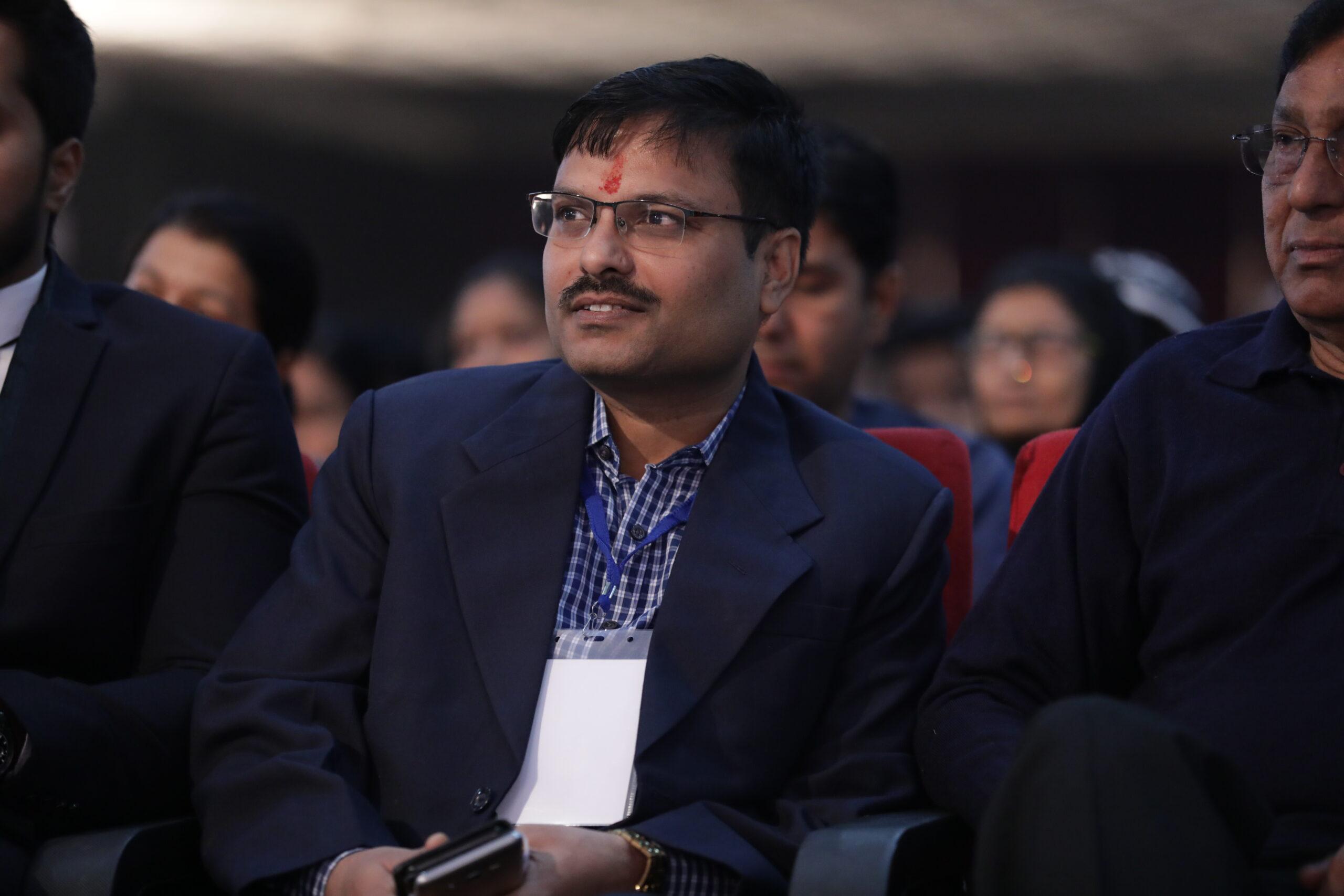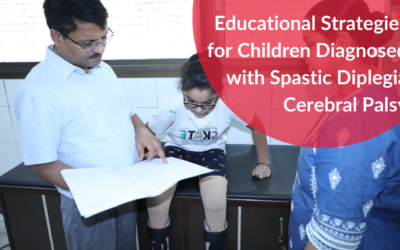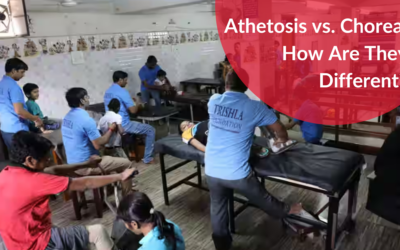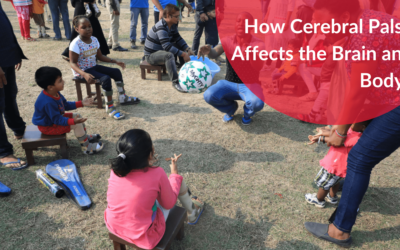Children Orthopedic Problem
Children’s Orthopedic Problems are normal. They can be innate, formative or gained, including those of irresistible, neuromuscular, healthful, neoplastic and psychogenic root. A portion of the more typical children’s orthopaedic problem issue incorporates those of the territories underneath.
- Foot
- Toes
- Legs
- Knee
- Hip
- Spine
- Neck
- Shoulder
- Elbow
- Wrist
- Hand and fingers
- Generalized issue
Some Normal Children’s Orthopedic Problems
Postponed strolling
Most children begin to stroll with help – for instance, with hands held or cruising around furnishings – by one year of age. In the event that a tyke isn’t strolling by a year and a half of age, referral to a paediatrician is shown. Causes incorporate formative dysplasia of the hip (DDH), cerebral paralysis and strong dystrophies. On the off chance that there is a family ancestry of base rearranging and the kid is versatile this implies, at that point expert referral can be conceded until two years old.
Bent legs and thump knees
The state of a tyke’s legs frequently causes significant concern. All children are bandy-legged at birth1. Most have become out of it by a year and a half of age. They may then progress toward becoming thump kneed by three to four preceding their legs rectify again to an ordinary physiological position of a couple of degrees of valgus.
Intoeing
Children regularly begin to stroll with their feet pointing towards one another. This turning may start in the foot (metatarsus varus), in the tibia (tibial torsion), or in the femur (persevering anteversion of the femoral neck). The reason can be distinguished effectively by evaluating the tyke in the inclined position with knees flexed. Every one of these conditions is symmetrical, free of agony, and permits typical portability. Guardians regularly comment that the little child much of the time treks and falls, yet all babies do! This is typically progressively obvious by the day’s end when the tyke is drained.
Extoeing
This variation from the norm of a walk is less regular than in-toeing and will in general present in a more youthful tyke. Usually, a purpose behind a tyke being late to walk – that is, they are strolling yet are hesitant to relinquish the furnishings or their mom’s hand because the remotely pivoted foot position is related to a shaky walk.
It will, in general, enhance with time similarly to in-toeing does.
Increasingly other children’s orthopaedic problems are Tiptoeing steps, Flat foot (pes planus), Benign joint hypermobility disorder, and Pulled elbow.







